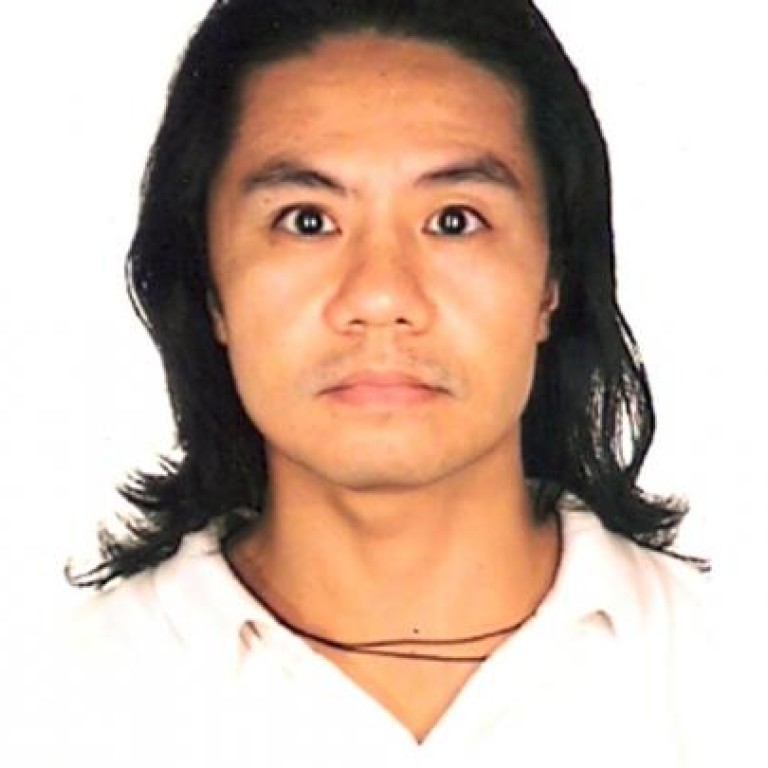
Restructure could boost development of young players
As the HKFA changes the league system at the lower levels, the focus should now be on raising the standard of youth players within local clubs
By setting up four divisions in a straightforward ladder, could this be a prelude to professionalism and a portent that the Hong Kong Football Association has played a killer pass? Whether this move will produce the desired goals, we will have to wait and see. Central to this drama will be Mark Sutcliffe, the new HKFA chief executive, who is expected to hit the ground running when he arrives next month to take charge of the development scheme known colloquially as Project Phoenix.
Where previously there were four HKFA divisions with two parallel divisions at the lowest rung - confusingly named 3A and 3B - there are now four divisions aligned vertically atop of one another. Because youth development is earmarked as a major goal of Project Phoenix, presumably the HKFA decided to ditch the old 3A and 3B categories.
Traditionally, Division 3A clubs accommodate older players, notably experienced and seasoned old hands who are no longer suited to the higher divisions. These 3A clubs favour survival and prefer keeping older players instead of aiming to develop younger players.
In contrast, Division 3B clubs are "district" teams and were required to have at least seven players under 25 in their starting line-up. This arrangement is the reason why today there are district-named teams mixed up and down the soccer ladder. Shamshuipo and Southern are examples of "district" teams who managed to win promotion to the top flight. Inevitably, these clubs' young players are given a huge reality check as they struggle to survive in Division 1. Last season, it was painful to watch Shamshuipo and Hong Kong Sapling as they were both trounced and relegated.
Within six months in the job, Hong Kong coach Ernie Merrick declared that players were woefully short of physical fitness, making his point after the youth team lost all five matches at June's qualifying for the AFC U22 Championship in 2013.
Having watched Hong Kong U21 being trounced 3-0 and outwitted in three key areas - physically, technically and tactically - by Australia's U19 side on Wednesday, youth development has to be high on Merrick's agenda.
Having refereed league matches in Hong Kong and Australia, the reason for such a chasm in quality is the inadequate local programmes for youth development. The programmes here will never allow Hong Kong's youth to scale the heights of Australian youth soccer.
What can Merrick and the HKFA do? The proven concept is to expose young players to more challenging and competitive matches. The HKFA, with its limited resources and amateur leagues, cannot encourage youth development in isolation. It needs to work in partnership with the larger soccer community, which is a hotbed of unofficial amateur leagues that provide differing levels.
Suppose a talented 18-year-old in a Division 1 club is on the cusp of the first team. He desperately needs more game time to develop but he spends most of his time on the bench and hopefully plays midweek in the reserves. He is ineligible to play in Divisions 2, 3 or 4, although he may choose to play in the HKFA U19 league, which will not challenge him enough. As it stands, this young player does not have enough opportunities to grow and develop to his full potential.
The wonderful thing about Hong Kong is there are various amateur leagues that may help provide challenging matches for a talented youth player. It doesn't matter that his opponents may be twice his age, so long as the standard of football allows him to develop. But the HKFA and Division 1 clubs have traditionally frowned upon HKFA-registered players from playing in other amateur leagues. This mindset should change.
In Australia, A-League team Newcastle Jets were concerned their U19 team were not getting enough competitive matches to help the transition to the first team. They entered their youth team at the highest level in their state. The idea being that young players would regularly meet challenging teams that comprised of older, hardened and skilful players.
It has been a win-win situation because the Jets youth team have been exposed to a higher standard and the state league has benefited from a fresh injection of players and enthusiasm. Perhaps the HKFA could do something similar by allowing promising youth teams to enter other amateur leagues, or even playing in a league on the mainland.
But before we get carried away with only youth development of players, we must not forget about youth development of match officials. Promising young referees need to be exposed to challenging matches, too. Without a holistic and inclusive approach to soccer development, where players and match officials need to be properly coached and developed, there can be no killer passes created and no goals scored.
William Lai is a qualified referee in Hong Kong, an instructor and assessor, and has also officiated in England and Australia

